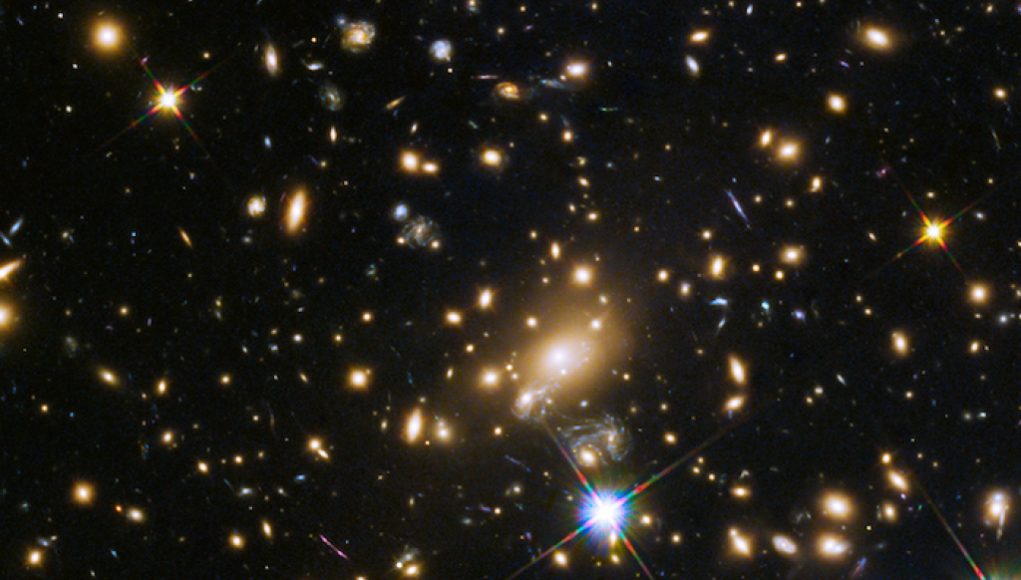Are you tired of measuring something twice and getting two different answers? Imagine being a physicist and having to deal with this frustration on a fundamental level. One example is the Hubble Constant, which measures the Universe’s expansion rate. Unfortunately, measurements using the cosmic microwave background and the distance to objects in the present-day Universe differ by about 10 percent. But now, researchers have found a third way to measure the Universe’s expansion rate by tracking a gravitationally lensed supernova. This new method is independent of the other two and relies on gravitational lensing, where the distortion in space-time caused by a massive object acts as a lens to magnify an object in the background. By studying a supernova first identified in 2014, researchers were able to confirm the Hubble Constant’s value. This breakthrough could help solve the significant unsolved issue of why the other two measurements differ.
In recent years, breakthroughs in astrophysics have revealed the major role that gravitational lensing plays in the estimation of the Universe’s expansion. This phenomenon, known as gravitational lensing, has provided astronomers with a powerful new tool which can potentially provide an alternative to two existing methods of estimation.
Gravitational lensing occurs when the gravity of a large object, such as a galaxy, bends the light passing it, in the same way that a regular lens bends light. When a supermassive object, such as a black hole, is situated between us and a distant object, such as a galaxy, it acts as a kind of magnifying lens and increases the visibility of the distant object. As the light passes the black hole, it also distorts, creating two or more images of the distant object on Earth.
Observations of these light distortions enable astronomers to calculate the size and shape of the supermassive object, since they know how much distortion there should be according to the strength of the object’s gravity. By comparing the observed distortion with what should theoretically be taking place, astronomers can estimate the mass of the object, and at the same time, the speed at which the Universe is expanding.
This gravitational lensing provides a third option to two prevalent methods currently used to estimate the Universe’s expansion. The first method requires large datasets collected from surveys of hundreds of thousands of galaxies and supernova. This data is used to decipher the pattern of the Universe’s expansion over the past fourteen billion years. The second method uses the cosmic microwave background, a super-cooled light from the heat of the Big Bang. Scientists are able to measure the light’s wavelength shifts, and then Calculated Universal Expansion Rate (CURES).
Gravitational lensing, the up-and-coming alternative, is faster and easier to perform. It requires much less data than the other methods and also is less vulnerable to noise in the data. Since it only requires light from a single object this method can also be used to look deeper into the distant past, providing researchers with insight into an earlier epoch, before the Universe expanded as much as it has since its formation.
In conclusion, gravitational lensing presents scientists with an alternative way to calculate and measure the Universe’s expansion. With its unique advantages, it will likely become a more widely used method of estimation in the coming years.




















